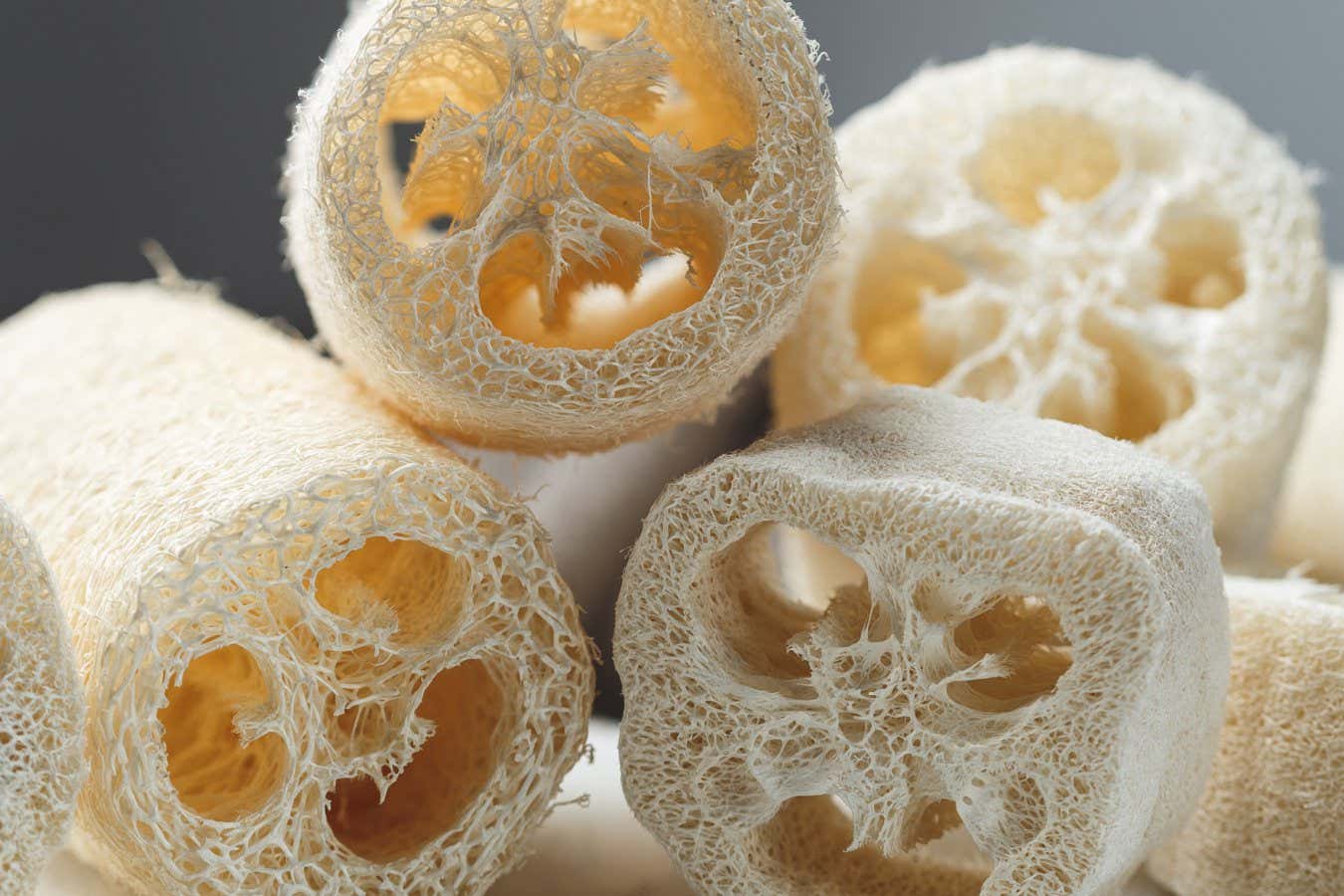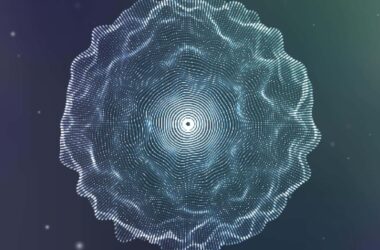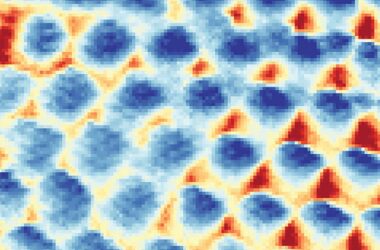Loofah sponges are made from the dried husks of luffa gourds
Andriana Syvanych/Shutterstock
Loofah sponges, which are made from the dried husks of luffa gourds, have been found to generate enough electricity when squeezed to power LEDs. While this discovery could potentially lead to environmentally friendly and cheap power supplies for small devices, researchers are unsure if the sponges can generate enough energy to be practical.
Many electrically insulating materials, when deformed, can produce an electric charge, a phenomenon known as piezoelectricity. However, the size of this charge is typically very small. To investigate if loofah sponges could generate a higher charge, Jianxiang Wang and his colleagues at Peking University in Beijing treated the dried sponge to remove certain polymers, leaving behind only a cellulose crystal form.
When a 6-millimetre-thick section of the treated sponge was squeezed by hand, it produced up to 8 nanoamps of electricity. When connected to an electrical circuit with capacitors that could store the power, it was able to briefly power six LED lights.
Wang believes that loofah sponges could potentially provide a cost-effective and environmentally friendly way to create small power sources for various devices. However, he acknowledges that a larger chunk of loofah sponge would be needed to charge a mobile phone, which may not be practical at present. He suggests that creating an artificial loofah with similar properties could increase the amount of electricity produced.
Not everyone is convinced of the practicality of using loofah sponges for power generation. Andrew Bell at the University of Leeds in the UK argues that the ratio of electrical power to mechanical input from squeezing is smaller compared to other piezoelectric materials, making it of limited practical use. He does not see a significant technological impact from this discovery.
Topics:
- electricity/
- materials science








